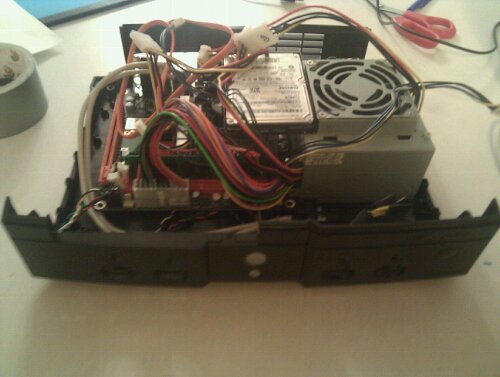Puppet Management
Posted by Dave Eddy on Sep 24 2011
Puppet from Puppet Labs is a utility for controlling multiple machines from a single point. It allows for easy server roll outs, as well as keeping multiple servers in the same state. I have a server dedicated for Linux KVM virtualization, and because of this I have spun up about 10 VM’s, so 10 individual Linux installations. I use puppet to make sure that they all have the packages installed that I use on a daily basis, as well as a to make sure that anytime I make a change to my bash or zsh rc it gets populated out to all my servers. Also I store my public key in puppet, so any new server I provision will automatically be populated with it so I can easily SSH into it in a more secure manner.



